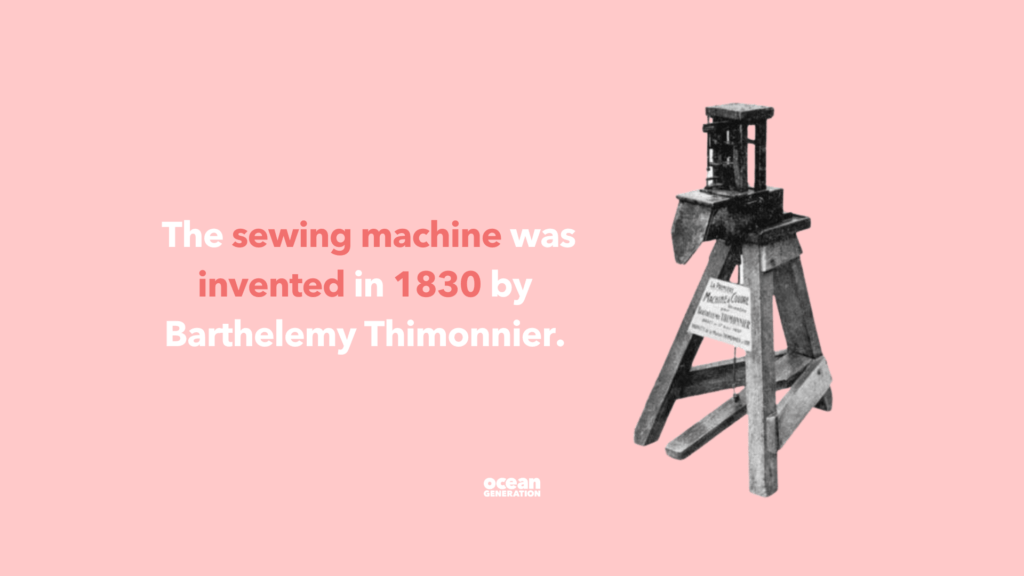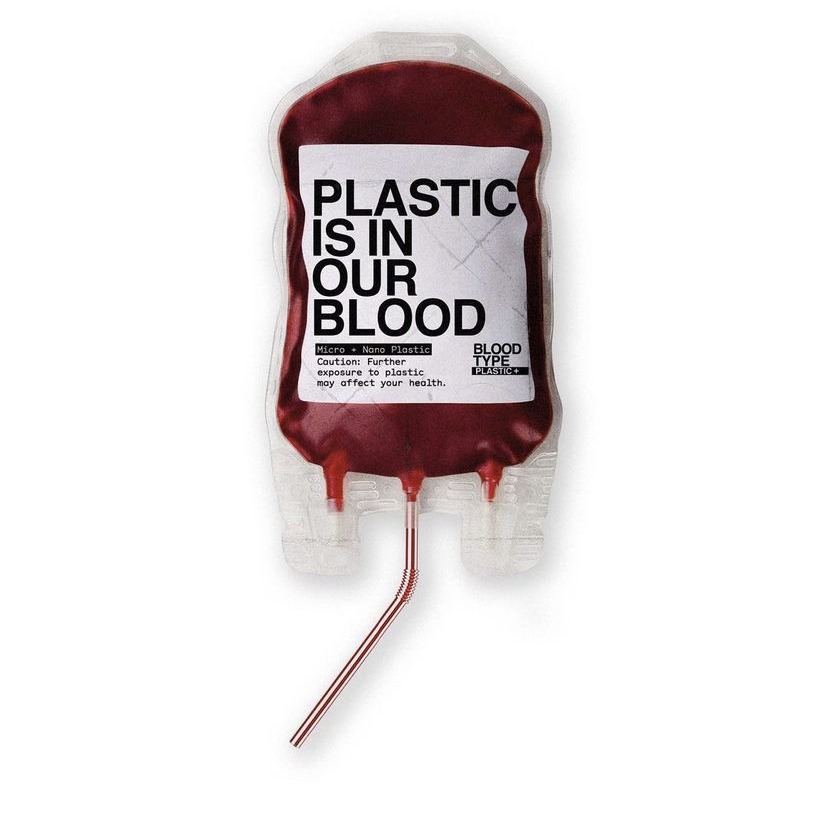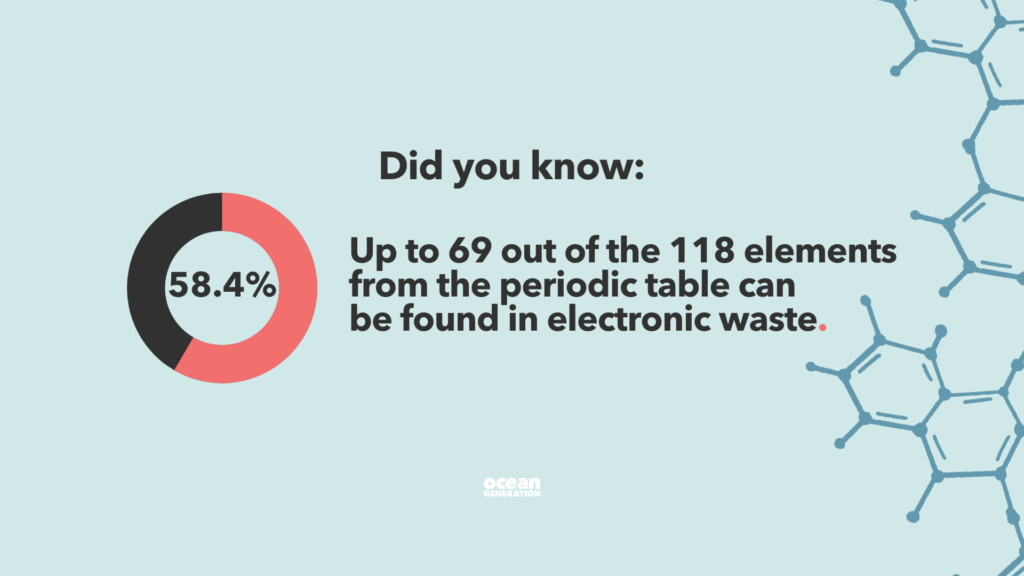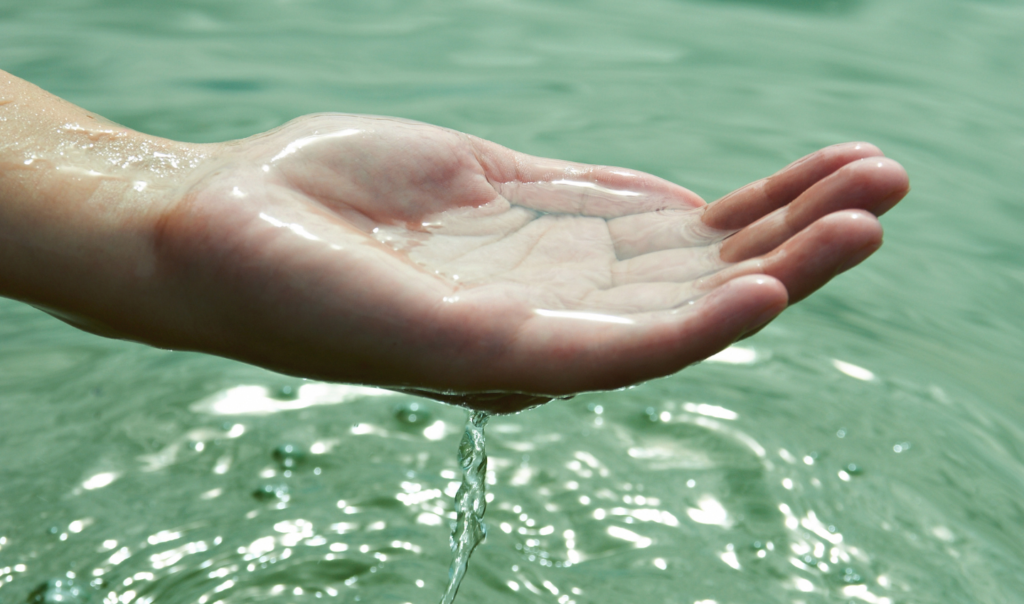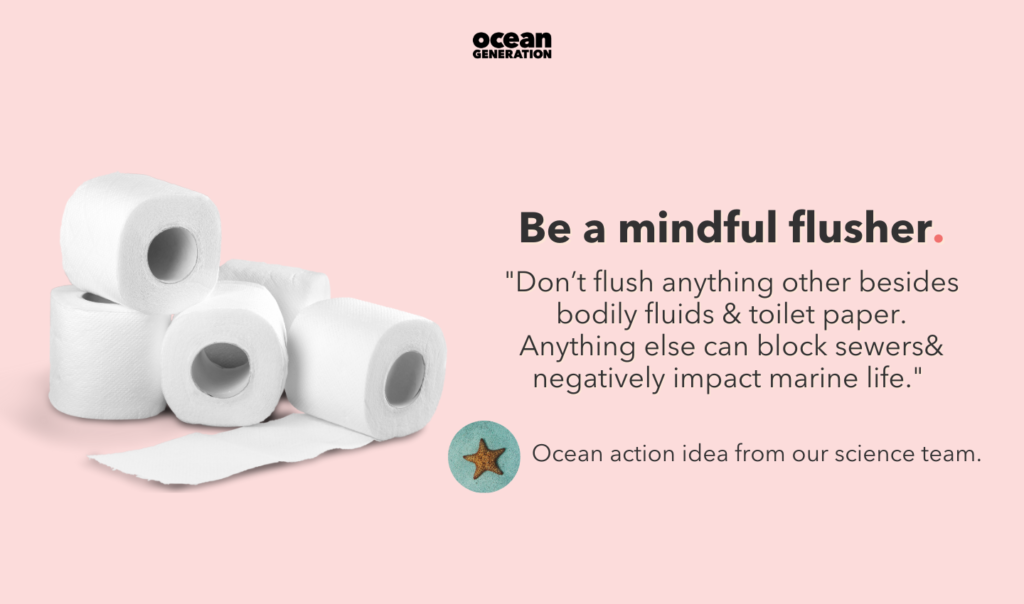- Our Future: Solutions
- Take Action
How to Be a More Conscious Consumer

5 Tips to become a more conscious consumer.
Overconsumption is one of the hallmarks of modern societies. We are quite literally sold the idea that consumption will boost our happiness. Clever marketing campaigns and the media champion this ‘more is better’ lifestyle.
It can be easy to be caught up in this world of overconsumption. It’s easy to forget the impacts that our consumption habits have on both people and the planet.
We’re sharing a brief overview of these impacts below. Take a deeper dive into the impact of both appliances and textiles as part of our “What we Purchase” series.

The products that we consume impact the environment throughout their lifespans. From the sheer volume of water used in textile production to the generation of vast amounts of e-waste.
Waste from discarded products not only contaminates the environment, but also puts human health at risk.
Globally, there is uneven distribution of these environmental and societal impacts of product consumption. Most impacts are felt in developing countries which receive exports of discarded products. This is despite developed countries being the primary product consumers.
We need to start taking responsibility for our overconsumption.
What we purchase directly impacts the use of natural resources, production practices, and the quantity of waste accumulated.
So, making more sustainable decisions about what we purchase has the power to reduce not only greenhouse gas emissions, but also wider environmental impacts.
How to be a more environmentally conscious consumer:
We’re all taught in school to reuse, reduce and recycle but there’s much more we can do to tackle overconsumption.
Our Plastic Intelligence Framework – which breaks down a hierarchy of actions; The 5 R’s: rethink, refuse, reduce, reuse, and recycle – can be used to guide consumer decision making around plastics.

The order of these actions is deliberate, with the most impactful change being to rethink, followed by refuse, reduce, reuse, and finally recycle.
Utilising the 5R framework, we can also address broader sustainable consumption. How? What do these steps actually involve? Let’s start from the top.
How to be a more environmentally conscious consumer:
1. Rethink your relationship with products.
To do this, we need to remember that our ‘needs’ may differ from our ‘wants’. Have a think about what items you consider to be essential for your well-being and happiness.
Advertising and media influence the perception what we ‘need’. It is our responsibility to acknowledge this and form our own opinions about what items are necessary in our lives.
If you decide that you do really need an item, then that’s okay! The focus of rethinking is to slow down consumption. This is achieved by taking a moment to consider our relationship with items.
2. Refuse to purchase unnecessary items.

Is an item of clothing part of a fast fashion trend, destined to be worn once then live at the back of your wardrobe until it is discarded?
Do you really need multiple devices, or will one do the job?
Refusing to purchase unnecessary items minimises waste produced.
3. Reduce your overall consumption.
If you find yourself needing to buy something, then where possible, opt for quality over quantity.
If a product is low-quality, it is likely to be less durable and have a shorter useful lifespan. Question if you need the low-quality item. Can you wait until you have the resources to buy a better-quality product; built to last longer?
The result? Less waste.
4. Reuse products to extend their lifespan.
Reuse can take many forms.
In the world of textiles, renting, remaking, repairing, and reselling are all part of the transition to ‘slow’ fashion. Online resale and rental platforms are becoming increasingly popular, along with second-hand shops and upcycled items.
Explore repairing your damaged items before discarding them. It is never too late to learn how to sew a button. For more complex repairs, such as of household appliances, try checking out a local repair workshop.
Before buying new appliances, consider refurbished items (products that are repaired/restored to working condition) or remanufactured items (used products that get dismantled, their worn parts replaced, and reassembled to like-new condition).
Ultimately, reusing items decreases demand for resource extraction and minimises waste.

5. Recycle at designated points.
Remember that while the rethinking, refusing, reducing, and reusing are more impactful, recycling is still a valuable process. This is because again it reduces the amount of waste generated.
If an item is truly at the end of its lifespan, recycle it at a designated recycling point.
We don’t have to be perfectly zero-waste or plastic-free consumers to make a positive difference.
However, what we all must do is start making changes. Here are 20 ways to address your daily plastic waste on a daily basis to get you started.






